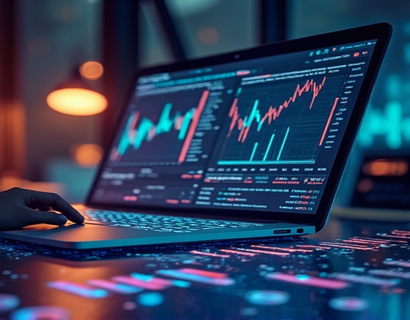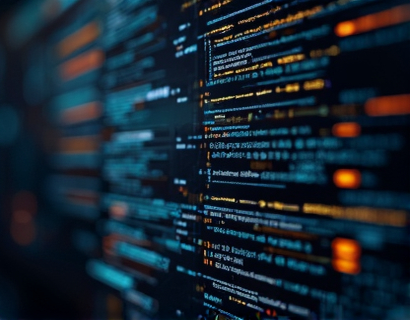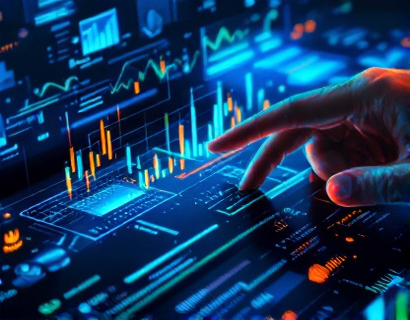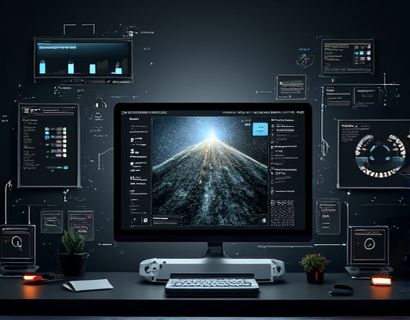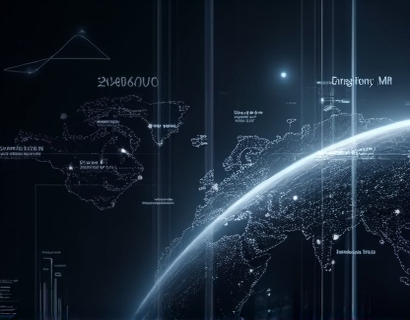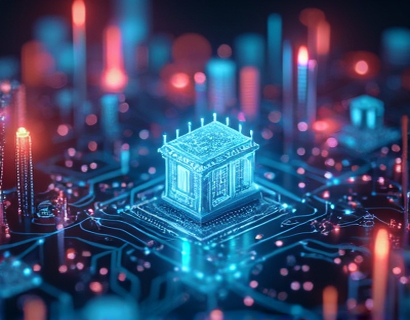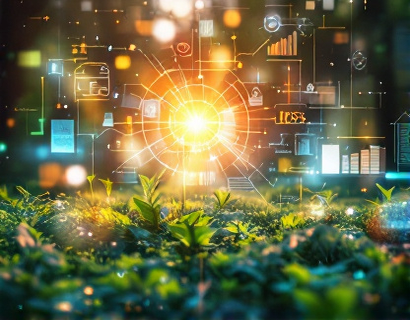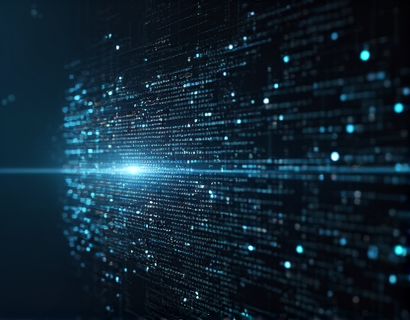Maximizing Aquaponics Business Success with Advanced Management Software
In the rapidly evolving world of sustainable agriculture, aquaponics stands out as a promising method that combines fish farming and hydroponic plant cultivation in a symbiotic environment. For aquaponics businesses, managing the intricate balance between water quality, fish health, and plant nutrition is crucial for success. Advanced management software plays a pivotal role in streamlining operations, boosting productivity, and enhancing sustainability. This article delves into how such software can transform the way aquaponics is managed, providing tools and insights that foster a thriving and environmentally friendly farming ecosystem.
Understanding the Challenges of Aquaponics Management
Aquaponics systems are complex, involving multiple interdependent components that require constant monitoring and adjustment. Key challenges include maintaining optimal water parameters, ensuring proper nutrient levels for plants, and managing fish health. Traditional management methods often rely on manual measurements and observations, which can be time-consuming and prone to human error. Advanced management software addresses these challenges by offering real-time data monitoring, automated alerts, and comprehensive reporting tools.
Key Features of Advanced Management Software
1. Real-Time Monitoring: Advanced software provides continuous monitoring of critical parameters such as pH, ammonia, nitrite, nitrate, temperature, and dissolved oxygen. Sensors connected to the system transmit data to a central dashboard, allowing farmers to track conditions at any time.
2. Automated Alerts and Notifications: The software can be configured to send alerts when parameters fall outside predefined ranges. This proactive approach helps prevent issues before they become critical, ensuring the health and well-being of both fish and plants.
3. Nutrient Management: Precise control over nutrient levels is essential for plant growth. The software can manage feeding schedules for fish, calculate nutrient dosing, and adjust based on real-time data, ensuring optimal conditions for plant uptake.
4. Data Analytics and Reporting: Comprehensive data analytics tools allow farmers to analyze trends, identify patterns, and make informed decisions. Customizable reports provide insights into system performance, resource usage, and productivity, aiding in long-term planning and optimization.
5. Integration and Compatibility: Modern software solutions are designed to integrate with a wide range of hardware components, including pumps, valves, and sensors. This seamless integration ensures a cohesive and efficient system operation.
Enhancing Productivity Through Advanced Management
By leveraging advanced management software, aquaponics businesses can significantly enhance their productivity. Automated processes reduce the need for manual intervention, allowing farmers to focus on higher-value tasks. For instance, automated feeding systems ensure that fish receive the right amount of food at the right times, reducing waste and improving growth rates. Similarly, precise nutrient management ensures that plants receive optimal nourishment, leading to faster growth and higher yields.
Moreover, the software's ability to optimize system parameters contributes to a more stable and predictable environment. This stability is crucial for the health and productivity of both fish and plants. For example, maintaining optimal water temperature and pH levels can prevent stress in fish, reducing the risk of disease and improving overall health. For plants, consistent nutrient availability promotes robust growth and higher biomass production.
Promoting Sustainability with Advanced Management
Sustainability is a core principle of aquaponics, and advanced management software plays a vital role in achieving this goal. By optimizing resource usage, the software helps reduce water consumption, a critical factor in sustainable farming. Advanced systems can recycle and reuse water more efficiently, minimizing waste and environmental impact. Additionally, precise nutrient management reduces the need for chemical fertilizers, promoting a more natural and eco-friendly approach to plant cultivation.
The software also aids in monitoring and reducing energy consumption. By optimizing the operation of pumps and other equipment, energy usage can be minimized without compromising system performance. This not only lowers operational costs but also reduces the carbon footprint of the aquaponics business. Furthermore, detailed reporting and analytics provide insights into resource usage patterns, enabling farmers to identify areas for further improvement and implement more sustainable practices.
Case Studies and Real-World Applications
Several aquaponics businesses have successfully implemented advanced management software, achieving significant improvements in efficiency and sustainability. For example, a large-scale commercial aquaponics farm in the United States integrated a comprehensive management system to monitor and control its operations. Within six months, the farm reported a 30% reduction in water usage and a 20% increase in fish and plant yields. The automated alert system also helped prevent several potential issues, ensuring the health of the aquatic ecosystem.
Another case study involves a small-scale urban aquaponics project in a densely populated city. By using advanced software to manage their system, the farmers were able to optimize space usage and resource allocation, leading to a 40% increase in produce output. The real-time monitoring and data analytics tools provided valuable insights, enabling the team to fine-tune their operations and achieve higher sustainability standards.
Challenges and Considerations
While the benefits of advanced management software are clear, there are several challenges and considerations that aquaponics businesses should be aware of. Initial setup costs can be a barrier for some farmers, especially those with limited budgets. However, the long-term savings in resource usage and increased productivity often justify the investment. It is also important to ensure that the software is user-friendly and well-supported, as technical issues can disrupt operations if not promptly addressed.
Compatibility with existing hardware is another critical factor. Businesses should choose software that can integrate seamlessly with their current equipment to avoid the need for extensive hardware upgrades. Additionally, data security and privacy are paramount, especially when dealing with sensitive farm data. Reputable software providers should have robust security measures in place to protect against data breaches.
Future Trends in Aquaponics Management Software
The field of aquaponics management software is rapidly evolving, with several exciting trends on the horizon. One such trend is the integration of artificial intelligence (AI) and machine learning (ML) to further optimize system performance. AI can analyze vast amounts of data to identify patterns and make predictive adjustments, enhancing the precision of nutrient dosing and water parameter control. ML algorithms can also learn from historical data to predict potential issues before they occur, allowing for proactive maintenance and management.
Another trend is the development of user-friendly mobile applications, enabling farmers to monitor and manage their systems on-the-go. This flexibility is particularly valuable for businesses with multiple locations or those that require remote monitoring. Additionally, the rise of the Internet of Things (IoT) is leading to more interconnected and intelligent farming systems, where devices and sensors communicate seamlessly to create a fully automated and efficient operation.
Conclusion
Advanced management software is a game-changer for aquaponics businesses, offering a suite of tools that streamline operations, boost productivity, and enhance sustainability. By embracing these technologies, aquaponics farmers can achieve greater efficiency, reduce resource consumption, and contribute to a more sustainable future. While there are challenges to consider, the long-term benefits far outweigh the initial investments. As the industry continues to grow and evolve, the role of advanced management software will become increasingly vital in shaping the future of aquaponics.









